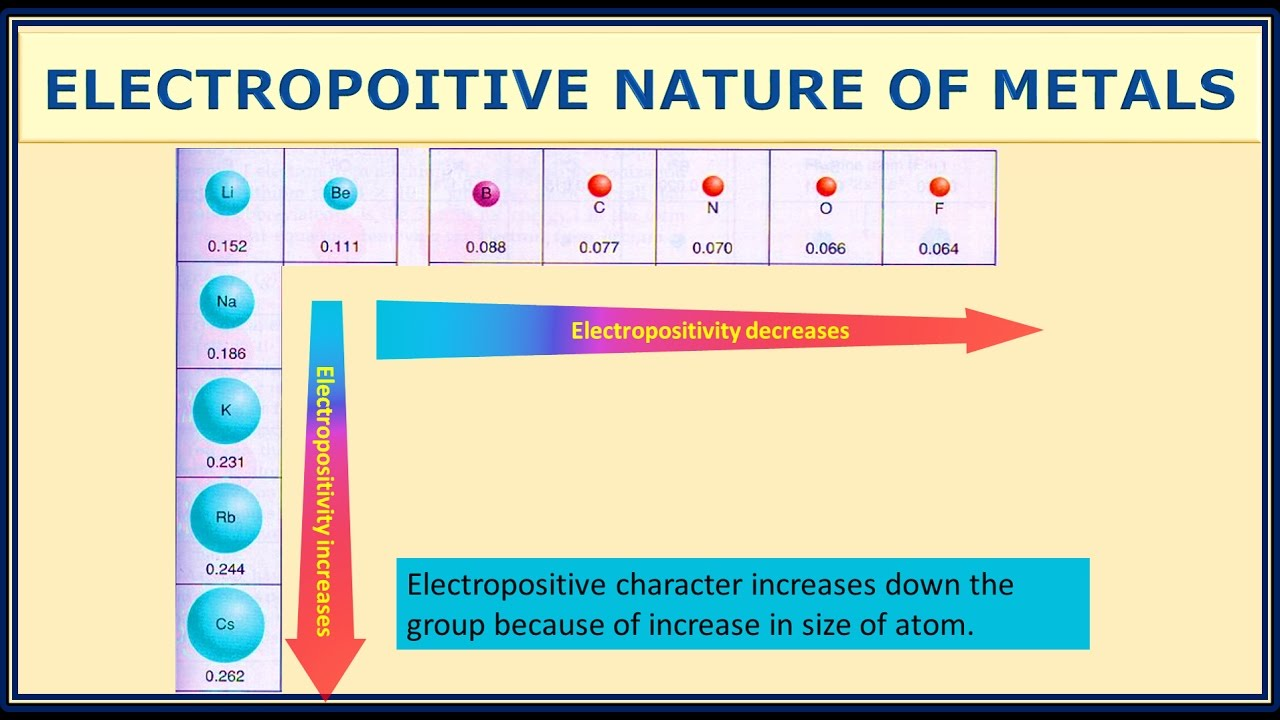

Why would Backblaze use so many Seagate drives if they’re significantly worse? Seagate also has some of the highest Drive Days on that chart. It’s clear Backblaze doesn’t think they’re bad drives for their business.


Why would Backblaze use so many Seagate drives if they’re significantly worse? Seagate also has some of the highest Drive Days on that chart. It’s clear Backblaze doesn’t think they’re bad drives for their business.


I’ve got the opposite experience, with WD.
You know who uses loads of Seagate drives? Backblaze. They also publish the stats. They wouldn’t be buying Seagate drives if they were significantly worse than the others.
The important thing is to back up your shit. All drives fail.


Did you want to add anything to the discussion or just make a snarky comment? I looked through the paper linked in the article and didn’t see a capacity listed.
Our approach directs an alternative Li2S deposition pathway to the commonly reported lateral growth and 3D thickening growth mode, ameliorating the electrode passivation. Therefore, a Li–S cell capable of charging/discharging at 5C (12 min) while maintaining excellent cycling stability (82% capacity retention) for 1000 cycles is demonstrated. Even under high S loading (8.3 mg cm–2) and low electrolyte/sulfur ratio (3.8 mL mg–1), the sulfur cathode still delivers a high areal capacity of >7 mAh cm–2 for 80 cycles.
A 5C charging rate is great, but it’s pretty useless if the battery is too small to be practical.


Gotta put my chemistry education to good use somehow, certainly not using it in the IT career I ended up getting in.


The premise of the test is to determine if machines can think. The opening line of Turing’s paper is:
I propose to consider the question, ‘Can machines think?’
I believe the Chinese room argument demonstrates that the Turing test is not valid for determining if a machine has intelligence. The human in the Chinese room experiment is not thinking to generate their replies, they’re just following instructions - just like the computer. There is no comprehension of what’s being said.


The Chinese room experiment only demonstrates how the Turing test isn’t valid. It’s got nothing to do with LLMs.
I would be curious about that significant body of research though, if you’ve got a link to some papers.


I think the Chinese room argument published in 1980 gives a pretty convincing reason why the Turing test doesn’t demonstrate intelligence.
The thought experiment starts by placing a computer that can perfectly converse in Chinese in one room, and a human that only knows English in another, with a door separating them. Chinese characters are written and placed on a piece of paper underneath the door, and the computer can reply fluently, slipping the reply underneath the door. The human is then given English instructions which replicate the instructions and function of the computer program to converse in Chinese. The human follows the instructions and the two rooms can perfectly communicate in Chinese, but the human still does not actually understand the characters, merely following instructions to converse. Searle states that both the computer and human are doing identical tasks, following instructions without truly understanding or “thinking”.
Searle asserts that there is no essential difference between the roles of the computer and the human in the experiment. Each simply follows a program, step-by-step, producing behavior that makes them appear to understand. However, the human would not be able to understand the conversation. Therefore, he argues, it follows that the computer would not be able to understand the conversation either.


It’s the difference in electronegativity that makes the battery. That’s why you see lithium and oxygen a lot; lithium doesn’t want electrons, oxygen does want them. Sodium and potassium are very close in electronegativity so the salty banana battery wouldn’t be good.
I’m waiting for the cesium / fluorine battery, should theoretically be awesome. Or extremely explosive


That’s because lithium is in the most electropositive group of elements and sodium/potassium are too reactive for current technology. Theoretically I think Na and K based batteries should perform better as they’re even more electropositive than Li.
(Forgive the spelling error in the picture but it was the simplest one I could find quickly)



“Fully charged in 12 minutes” is meaningless without a capacity.
The “Amusing Ourselves to Death” comic does a good job showing how Huxley did a better job predicting the future.